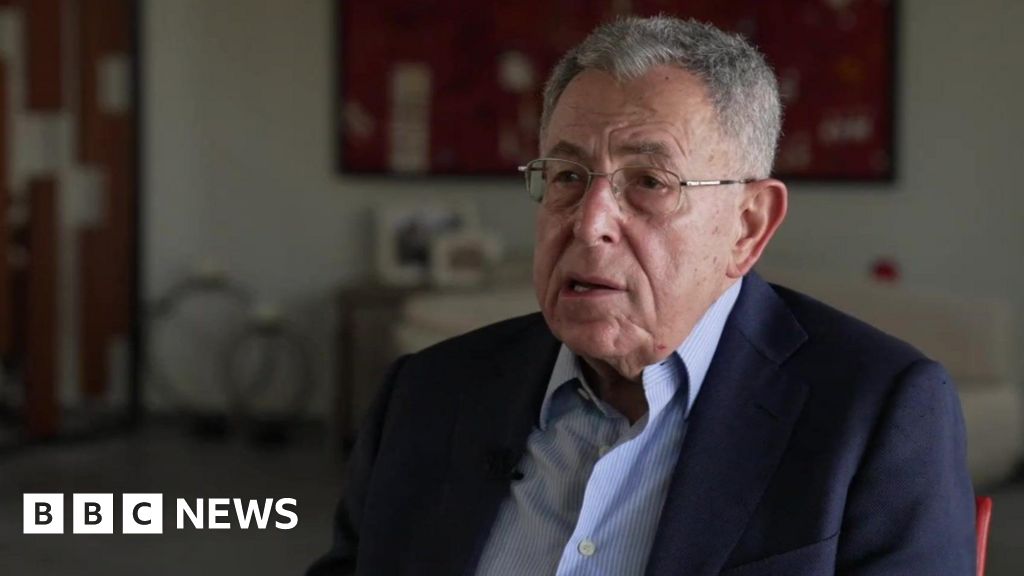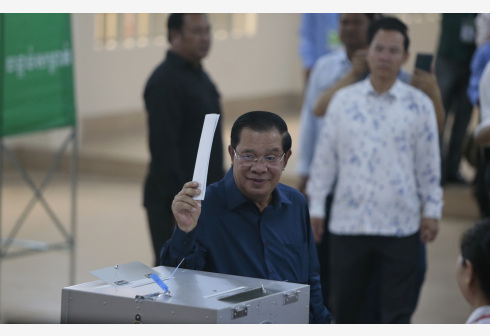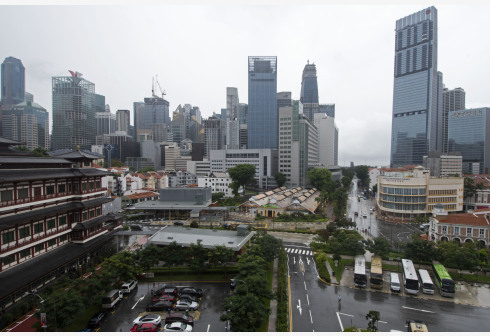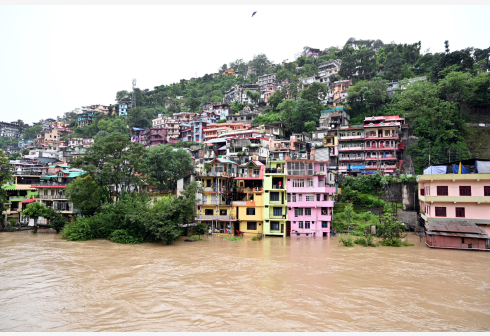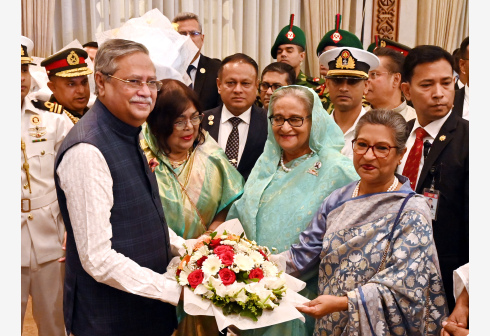GDC invites investments in direct steam use
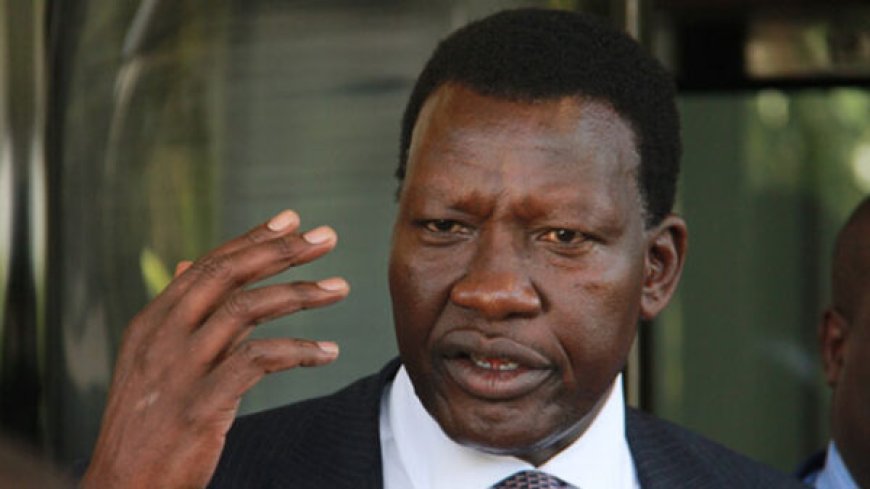
Nakuru Tuesday June 20,
KNA by Esther Mwangi/Samuel Karanja
The Geothermal Development Company (GDC) has embarked on commercializing the Direct-use of Geothermal steam technology by inviting investors to use the technology to power their industrial processes within the Special Economic Zone (SEZ) at Menengai in Nakuru County.
To this end, the company has published a Request for Proposals (RFP) for the “Establishment of Geothermal Direct-Use Powered Investments" at the Menengai fields which have to be received by July 3 this year from firms and consortiums interested in investing in projects that would utilize the steam from the geothermal wells at the floor of the Menengai crater for direct uses.
According to GDC’s Direct-Use technology Engineer Japhet Towett, the Investors are required to give detailed information about their intended investment at the Menengai Geothermal project.
Besides electricity, Eng. Towett explained that geothermal energy provided direct heat to industrialists, heat which is a by-product of electricity in the form of steam coming from power plants at about 1500C, which he observed was affordable and a game changer in the manner in which Kenya’s wealth, as an emerging mid-income industrial society, would be generated.
“Geothermal steam can be utilized for a different range of applications ranging from industrial, agriculture, tourism, leisure and domestic, depending on the resource temperature and usage,” noted Engineer Towett.
He said GDC had been demonstrating direct-use technology in the Menengai geothermal field since the year 2015 when five demonstration projects had been set up and commissioned.
The demonstration projects, he said included steam heated green houses, steam heated aquaculture ponds, geothermal milk pasteurizer plant, geothermal laundry unit and geothermal grain dryer.
The direct use demonstration project, Eng. Towett added, was set up to showcase the viability of direct use technology and act as a marketing tool for GDC to potential investors, research and learning institutions and the community that surrounds Menengai Crater.
The steam powered grain dryer, the first of its kind in Kenya and the region has a capacity of drying 20 tonnes of cereals per day.
Engineer Towett said that the use of geothermal steam in industrial processes will reduce greenhouse gas emissions and that it was a reliable and available source of energy through out all seasons.
Towett was optimistic that Direct use of steam innovations would make Kenya a competitive investment hub as industrialists would save a great deal on energy costs when they invest in geothermal steam powered facilities.
He observed that if efficiently harnessed, geothermal heat could deliver energy that would enable farmers and food processors increase production and improve food security.
On greenhouse farming, Eng. Towett explained that at 50 degrees centigrade, heated water is circulated around a greenhouse to control the humidity at night, early morning and during wet seasons of the year where humidity inside greenhouses rises above 85 per cent.
“Greenhouse heating cuts down on the use of fungicides by reducing humidity. A constant optimum temperature inside the greenhouse results in the enhanced growth rate of plants as well as quality. Profitability may go up by more than 30 per cent as well as increasing market share of the crops due to the use of green energy,” he observed.
At the same time, Eng. Towett revealed that steam harnessed from Menengai Crater Geothermal fields in Nakuru could be transported for about 10km through an elaborate reticulation of pipes and pumped into individual farms, private homes and industries.
He explained that Geothermal heated greenhouses, aquaculture ponds, dairy plants and geothermal powered laundries within the radius would now negotiate with GDC for facilitation with farmers and home owners using electric powered systems now, saving up to 50 per cent by switching to a geothermal system.
A feasibility study conducted by GDC recently indicated that a medium sized milk processing plant using geothermal energy for milk processing resulted in energy cost reduction of up to 60 per cent.
Towett explained that the smallest single unit of geothermal powered milk plant could process between 250,000 to 500,000 litres of milk every day, which he said, could be a game changer in the milk processing industry.
“Bahati constituency which hosts Menengai crater is one of Nakuru’s best tomato producers. With adoption of this new system of energy, farmers will improve yields by more than 30 per cent,” said Towett
Towett at the same time said that GDC was supporting the rise of industrial parks along the geothermal belt that runs from Lake Magadi to Lake Turkana in addition to working on spots in Homa Hills and Mwananyamala in Kwale.
According to the Renewables Global Status 2018, Kenya tops in Africa with 700 megawatts (MW) of geothermal power. The US has the largest geothermal generating capacity with 2,500 megawatts followed by the Philippines (1,900 MW), Indonesia (1,800 MW), Turkey (1,100 MW), New Zealand (1000 MW), Mexico (900 MW), Italy (800 MW) and Iceland (750 MW).
Geothermal is widely considered a preferable, low-cost renewable energy source due to low emissions when compared to thermal sources.
It is also cheaper than thermal power when used as an alternative to mitigate depressed hydropower generation due to drought. Kenya has a target of 5 gigawatts (GW) geothermal capacity by the year 2030.
Green energy power plants under development in Kenya include the 300 MW Lake Turkana Wind Power Plant, which is the single largest wind power plant in Africa, the 70 MW Olkaria 1 and the 140 MW Ol Karia V.
Courtesy ; K. N. A
What's Your Reaction?

































































































































































































































































